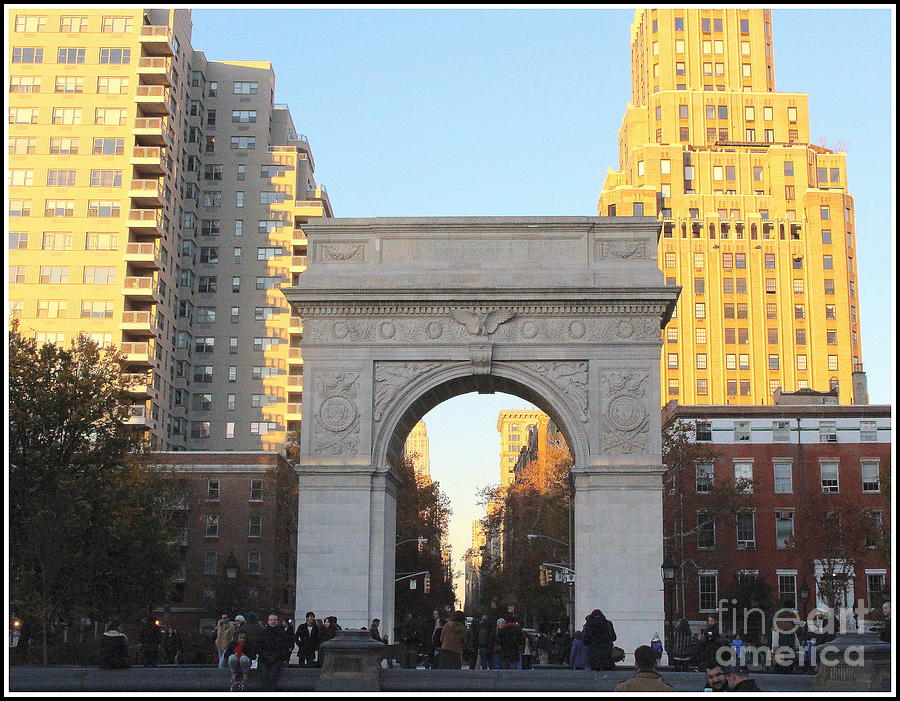
And though she was “a wild little creature” fond of pranks, she also fell into frequent fits of dejection, for, like many apparently lighthearted people, a deep melancholy underlay her effervescence. Quickly realizing that the only thing greater than her fervent ambition to become a violinist was her unconquerable ineptitude, she became a painting student of Sloan’s instead. Born in Texas, Gertrude had vague artistic ambitions and a flamboyant personality. The years from 1912 to 1917 were “a joyous season” indeed, or, as another historian has called the period, “the lyric years.” Yet as with so many symbolic moments, the escapade of the Arch-Conspirators - as Sloan titled his famous sketch of the event - signaled not only the beginning but the end of the era it celebrated.Īctually, the leading conspirator wasn’t Duchamp or Sloan but a golden-haired, vivacious young Villager named Gertrude Drick.

Just a few blocks south, at 239 MacDougal Street, the lunatic genius Jig Cook and the blackly brooding Eugene O’Neill were transforming the American theater at the Provincetown Playhouse.

Just a few blocks west, at 91 Greenwich Avenue, Max Eastman and Floyd Dell edited The Masses, arguably the most influential magazine in the history of American journalism.
#WASHINGTON SQUARE ARCH FREE#
Just a few blocks north of the arch, at 23 Fifth Avenue, Mabel Dodge had presided over her celebrated salon, introducing American intellectuals to the Wobblies and Freud, Cubism and free love, anarchism and birth control. In 1917, the Village had only thought of itself as “the Village” for a few years. The details vary in every retelling, but all accounts agree that this mock secession symbolized the Golden Age of the Village rebellion against middle-class, puritan, capitalist America. The story has been jubilantly told in many memoirs of the period and inaccurately portrayed in nearly every Village guidebook since. One by one, five people emerged from the darkness, quickly crossed the street, and stealthily slipped through the doorway.Īnd so, on a frigid, lightly snowing night in late January 1917 - exactly 80 years ago this week - Marcel Duchamp, John Sloan, and four other tipsy Villagers climbed to the top of Washington Square Arch and declared Greenwich Village a free and independent republic. When the last strolling couple had passed beyond the pools of lamplight, when the last lone policeman had rounded the corner, the figure slid from the shadows, looked cautiously in all directions, silently opened the door at the base of the arch, put her finger to her lips, and motioned to her fellow revolutionaries gathered on lower Fifth Avenue. A ribbon was cut at the restored arch in May 2004.The Night They Declared the Free and Independent Republic of Greenwich VillageĪ shapeless figure crouched in the midnight shadows at the base of Washington Square Arch, the silent, somber guardian of the Brahman slumber on the north side of Washington Square Park. But it turned out that during construction of the Taconic State Parkway, unneeded pieces of Tuckahoe marble had been used as a fill and when the road was dug up for improvements, many pieces were salvaged for use in the restoration. That presented a problem when restoration of the structure began in 2001. The arch was made of marble from a now-closed quarry roughly 21 miles north in Tuckahoe. $150,000 was raised and construction of the current arch began in 1890.

It was so popular that the public demanded a permanent structure. At that time, to celebrate the centennial of the inauguration of President George Washington, a temporary arch made of plaster and wood was constructed about 100 feet north of the current arch. While the Washington Arch was dedicated in 1895, its history goes back to 1889. Though the structure's innards are off-limits to the public, I was recently given a tour by John Krawchuk, the director of historic preservation for the New York City Parks Department. It also boasts a killer view-if you can get up on the roof. The 72-foot-tall Washington Arch marks the northern end of Washington Square Park and the beginning of the Manhattan grid.


 0 kommentar(er)
0 kommentar(er)
